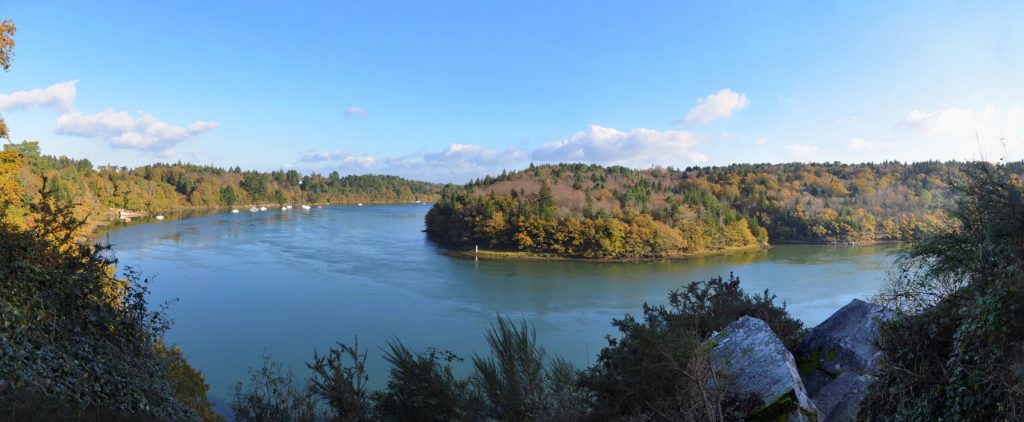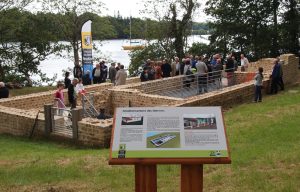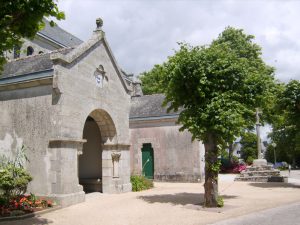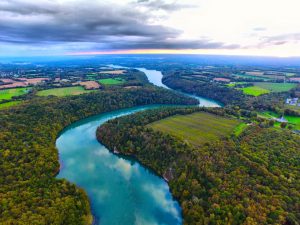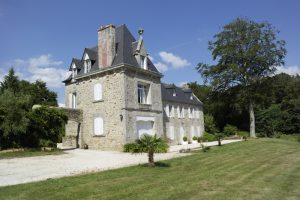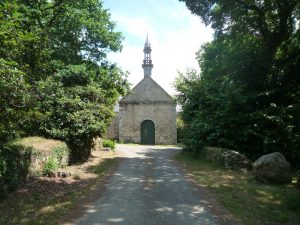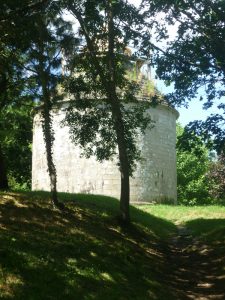History of Plomelin
Plomelin, rich in fertile land, attracted a large population very early on, the remains of which can still be seen today: the menhirs of Pont Menhir, the tumulus of Lezourmel. In the 18th and 19th centuries, the nobility and wealthy citizens of Quimper built castles, manors and manor houses in the commune.
Heritage of Plomelin
Plomelin has a rich historical and religious heritage. The menhirs are the oldest traces left by man in the heart of the village, dating from the Neolithic period. Other ancient vestiges can also be found in Perennou with the Gallo-Roman baths.
On the religious side, the 19th century church of Sant Meryn is in the neo-Romanesque style and houses a beautiful polychrome wooden "Descent from the Cross" and "Christ on the Cross".
The Saint Philibert chapel (17th century), in a green setting, has recently been restored (see inventory card).
Monuments of everyday life are also to be discovered, such as the dovecote at Lestremeur and the salt oven at Rossulien. Finally, the walk along the Odet will give you the opportunity to admire numerous castles and private manors.
Natural Heritage of Plomelin
Plomelin is tenderly embraced by the Odet and its twists and turns. The banks of the Odet offer a wide variety of landscapes over the 18km that separates Quimper from Bénodet. During this walk, the walker can discover the cove and the mill of Rossulien, the communal woods and the path of Saint Roch. Nature can also be experienced on 3 themed walking trails: "village and garennes", "at the mercy of the tides" and "between two mills".

